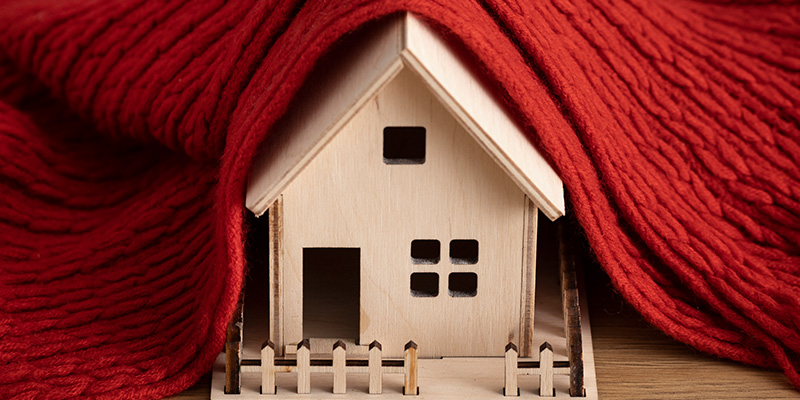
Insulation Products 101: Understanding Your Options for Energy Efficiency
When it comes to making your home more energy-efficient, insulation is a vital consideration. Proper insulation helps regulate indoor temperatures, reduces energy consumption, and lowers utility bills. However, with various insulation products available, it's essential to understand your options. In this article, we'll provide a comprehensive guide to insulation products, helping you make informed choices for a more energy-efficient and comfortable home.
Types of Insulation Products
Insulation materials come in various types, each with its unique properties and applications. Here are some of the most common insulation products:
1. Fibreglass Insulation
Fibreglass insulation is made from fine glass fibres and is widely used for its thermal resistance. It's available in batts, rolls, and loose-fill forms. Fibreglass insulation is a cost-effective option and is often installed in attics, walls, and crawl spaces.
2. Cellulose Insulation
Cellulose insulation is an eco-friendly choice made from recycled paper products. It is treated with fire-retardant chemicals and provides excellent thermal resistance. Cellulose insulation is known for its sound-absorbing properties and is typically blown into wall cavities.
3. Spray Foam Insulation
Spray foam insulation is a versatile option that expands upon application, creating an airtight seal. It offers high thermal resistance and can be used in various applications, including walls, roofs, and crawl spaces. Spray foam is known for its excellent energy-saving capabilities.
4. Mineral Wool Insulation
Mineral wool insulation is made from rock fibres and is known for its fire resistance. It provides good thermal and sound insulation and is often used in industrial and high-temperature applications.
5. Polyurethane Foam Insulation
Polyurethane foam insulation is available in spray foam or rigid board form. It offers high R-values and is an excellent choice for insulating walls, roofs, and basements. It creates a seamless barrier against heat transfer.
6. Radiant Barrier Insulation
Radiant barrier insulation reflects radiant heat and is often used in attics to reduce heat gain in the summer and heat loss in the winter. It is typically installed as a reflective foil layer.
Factors to Consider
When selecting insulation products for your home, consider the following factors:
1. U-Value
The U-value measures an insulation material's thermal resistance. Lower U-values indicate better insulation. The appropriate U-value depends on your climate and the area you're insulating.
2. Application
Consider where you plan to install insulation. Some materials are better suited for specific areas, such as attics, walls, or crawl spaces.
3. Environmental Impact
If environmental sustainability is a concern, opt for eco-friendly insulation materials like cellulose or recycled fibreglass.
4. Budget
Different insulation materials come at varying price points. Ensure that your choice aligns with your budget while providing adequate energy efficiency.
Conclusion
Understanding your options for insulation products is essential for achieving energy efficiency and comfort in your home. Each insulation type has its advantages and ideal applications. By considering factors like R-value, application, environmental impact, and budget, you can make informed choices that enhance your home's energy efficiency, reduce utility bills, and create a more comfortable living environment. Whether you're upgrading existing insulation or insulating a new construction, selecting the right insulation product is a crucial step toward a more energy-efficient home.


